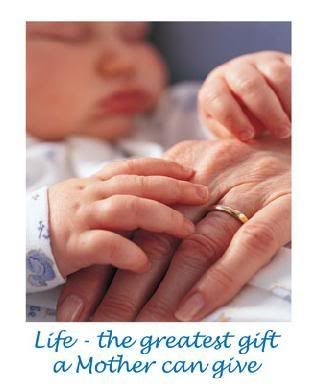Abortion is one of the most controversial topics faced by the world today, people hold different views about them some are in favour whilst some are against it.
The meaning of abortion is quiet clear from its definition. As far as different views are concerned mostly all sects of Christianity are against the concept of abortion, there are humanitarian groups which are in favour of it, they have their own views which are totally different then the religious views, if we look at what different groups think we will find out that there is equal acceptance and opposition on the concept of abortion.


What is abortion?
Abortion can be defined as:
“Premature expulsion of the foetus from the womb either done by operation or by medication”.
"Is the removal of a fetus from the body of its host (a pregnant woman) which typically results in the death of the fetus".

What is the essential issue concerning abortion?
The essential question concerning abortion is: does the fetus have an inalienable right to be in the body of its' host against the host's will?
Are you against?
- Links
http://www.mrdata.net/books/9reasons.htm
MrData.Net Abortion Discussion Forum
http://womensissues.about.com/od/reproductiverights/a/AbortionArgumen.htm
Anti-Abortion Arguments - Reasons Against Abortion
argument against abortion- outlines against abortion, budhists
BBC - Religion & Ethics - Arguments against abortion- Women's
PLATAFORMA ALGARVE PELA VIDA- 'Abortion is against every instinct
Do you agree?
- Links
Abortion is pro-life; anti-abortion is anti-life and anti-capitalist
http://womensissues.about.com/od/reproductiverights/a/AbortionArgumen.htm





